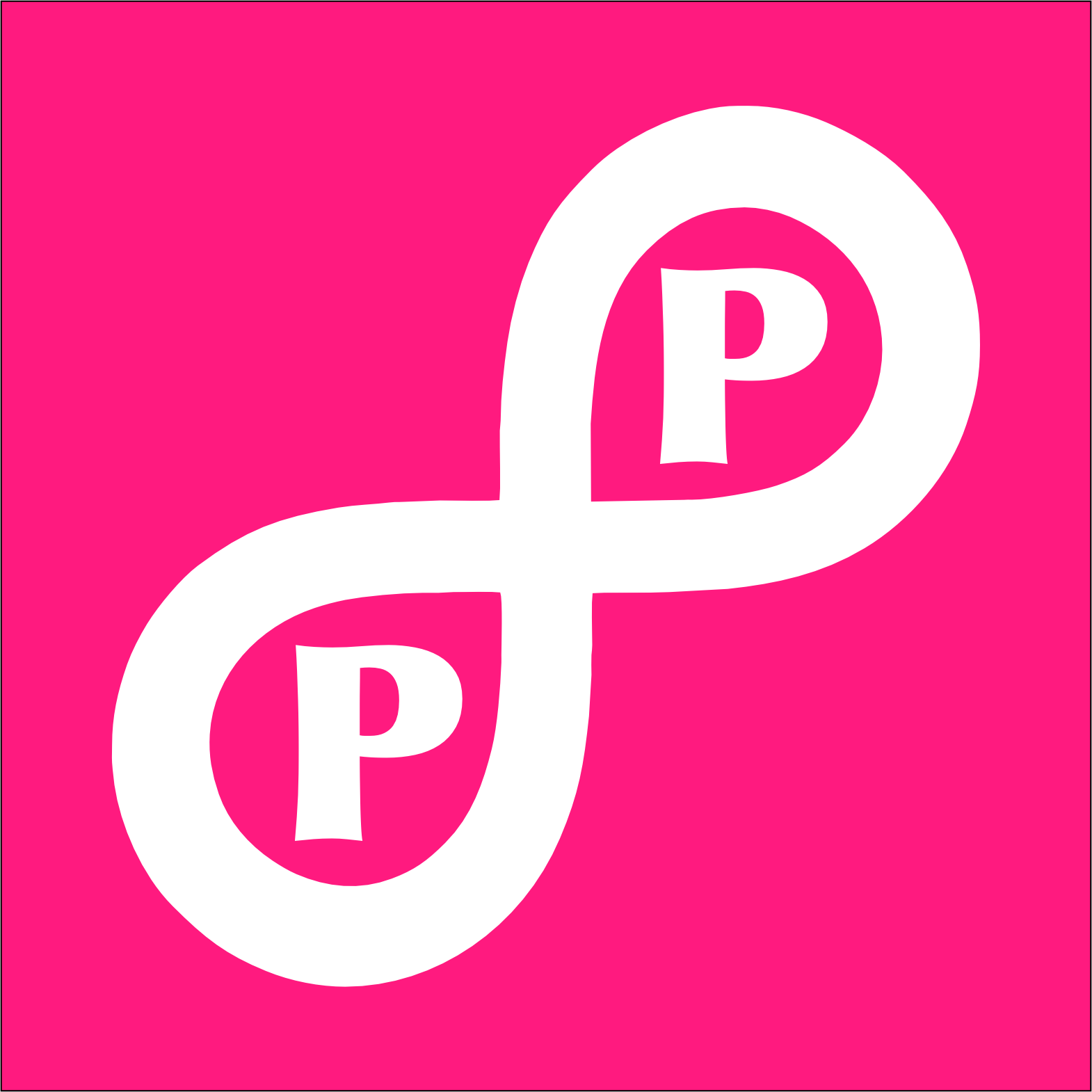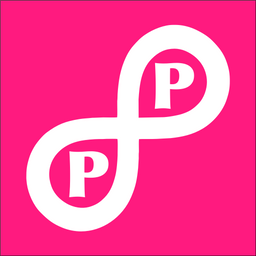2022's Top 7 Most Read Paradox Pairs
We look back at the seven most popular paradox pairs of 2022.

Happy New Year. In the spirit of a year in review, here are the seven most read Paradox Pairs of 2022, as ranked by you, dear reader, by your engagement. Thank you for reading, see you next week with a new paradox.
Number 7: Vulnerability & Confidence
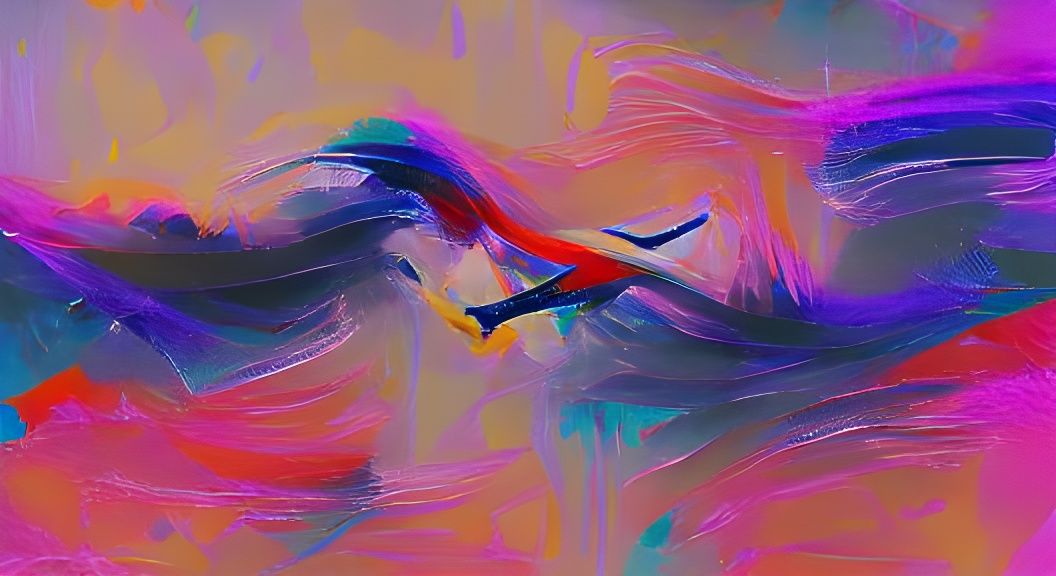
We establish the link between growing our confidence through experience rather than success. To be confident we first have to be prepared. When facing something new our bodies are wired to help us: increasing adrenaline, dilating our eyes, increasing the flow of blood and oxygen to our brain and muscles — the fight or flight response. When we are able to recognize this is happening we can lean into our lack of confidence, using our vulnerability as a tool to ask questions, explore, and gain knowledge that begins to improve our preparedness, and thus our confidence.
Number 6: Headway & Recoil
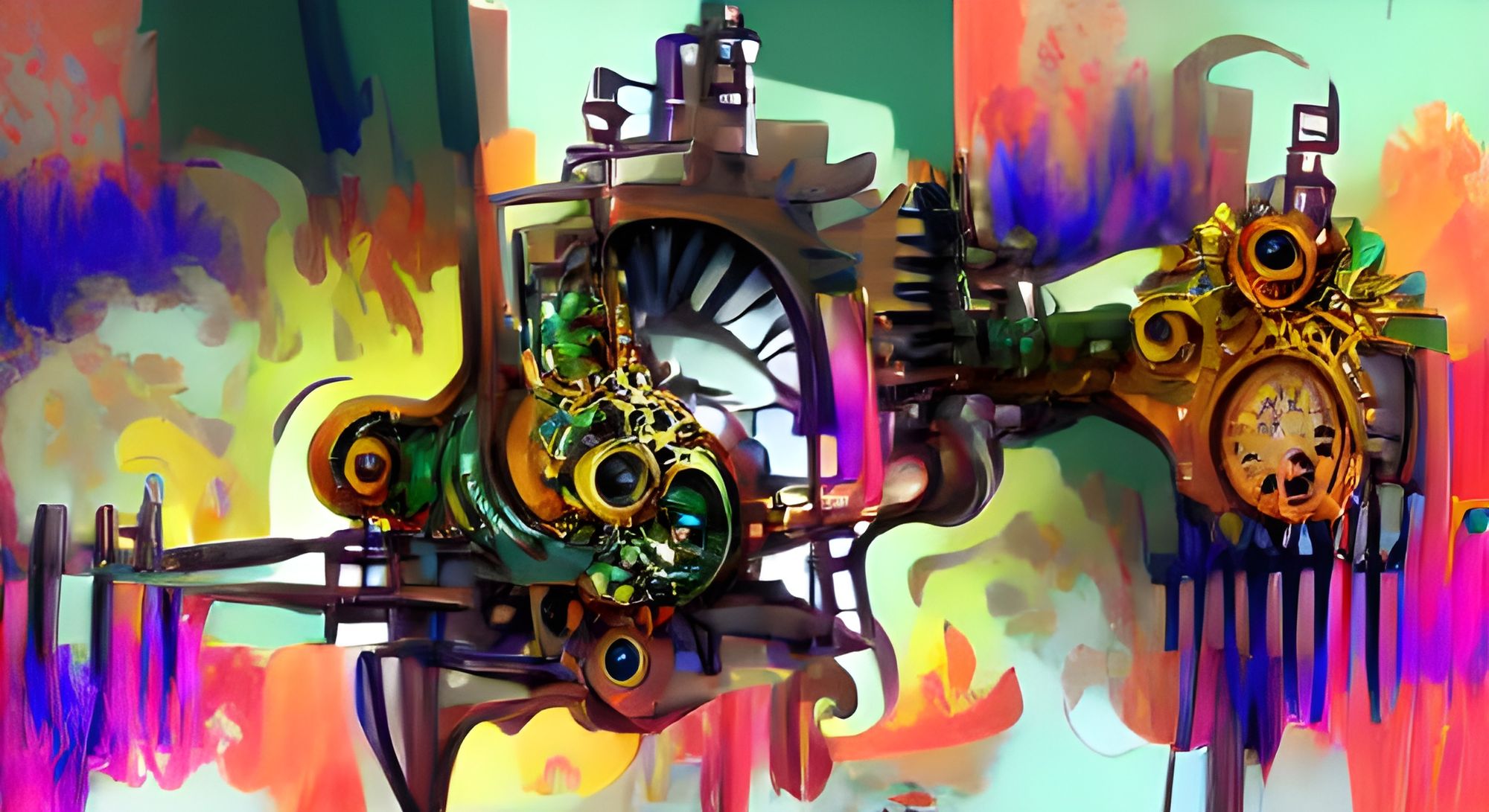
We delve into the clock maker's domain and apply the concept of the deadbeat escapement to our work. This novel device regulates the swing of a clock pendulum which transfers energy to keep the clock in motion. The device suffers from recoil which can be witnessed in small pulses backward of a clock's second hand. Our work, like the second hand, rarely follows a clean, linear line, experiencing setbacks and roadblocks that, when overcome, serve to create a better outcome in the end.
Number 5: Running & Racing
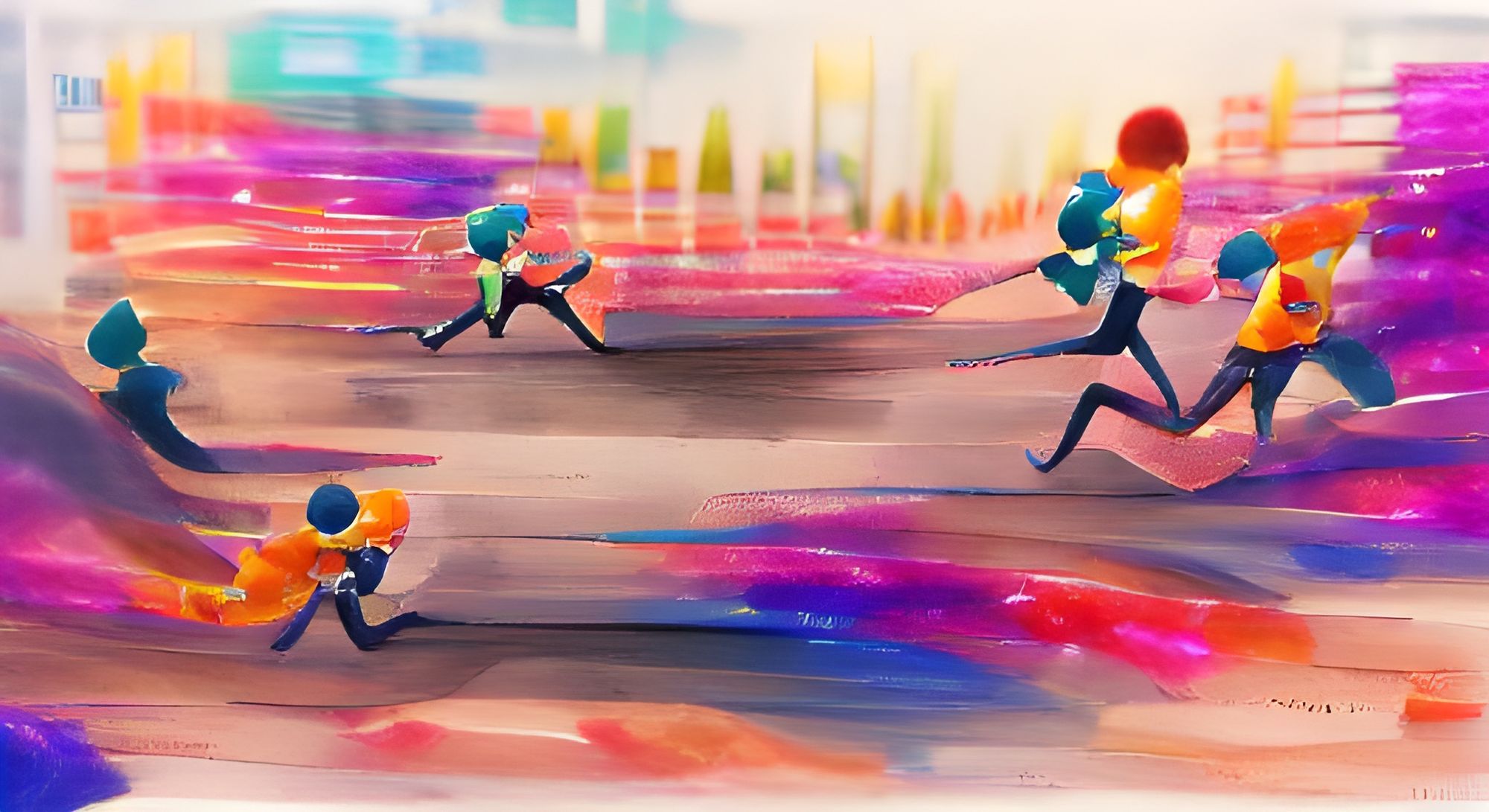
We challenge the common idiom that asks us to identify if we are running a marathon or running a sprint. Instead we recognize the choice is wrong for many scenarios because ours is a team sport — we are really running a relay race. Our tribe is made up of different disciplines and domain knowledge where hand-offs are part of the critical path. Competing requires speed coupled with unique skills at the right time.
Number 4: Aspiration & Procrastination

This pair contrasts the power of aspiration with the artificial limits imposed by expectation. We realize that it is because of our ambitions that we sometimes find it hard to get started. When our desire for success equals our fear of failure we procrastinate. We procrastinate to protect ourselves from failure, creating a rationale for potentially missing our mark. To overcome this obstacle we need to decompose our work into smaller, more manageable tasks which tip the balance toward success, breaking the deadlock.
Number 3: The Infinite & Omega

We investigate the infinite number of infinities, understanding the concept, yet failing to grasp it's value. We learned all infinities are not equal and applied an Aleph numbers to better portray an infinity's depth. Often, to make sense of things, we need more than mere quantity, we need the sequence of events, the Omega. Exploring our journey yields inspiration that is often lost when providing only the end result.
Number 2: Perfection & Style

Here we explore the tension created in our pursuit of perfection, where overly rigid results can be created from tools and automation that remove the human element from our creations, a process called quantizing. What we strive for instead is high quality that conveys just the right amount of human imperfection in our achievements.
Number 1: One & Many

This article introduced the concept of concentric circles of belonging. The inner most circle is that of the self, the ego. Expanding outward, the next four circles encompass our family, friends, peers, and communities, those where we have the most direct contact. The further expanding circles are defined by a shared understanding rather than direct relationships, where common themes are cultural and biological, ending with the final circle, the tenth, that of future generations. We are reminded that our circles are not constant, rather they change as we grow and learn.
The Paradox Pairs series is an exploration of the contradictory forces that surround us. A deeper study finds that these forces often complement each other if we can learn to tap into the strength of each. See the entire series by using the Paradox Pairs Index.
